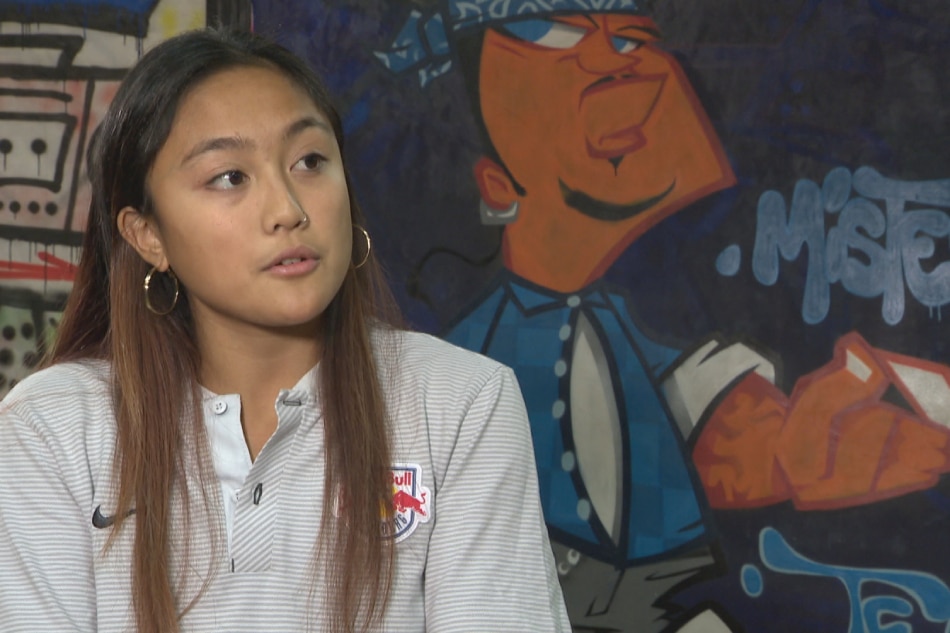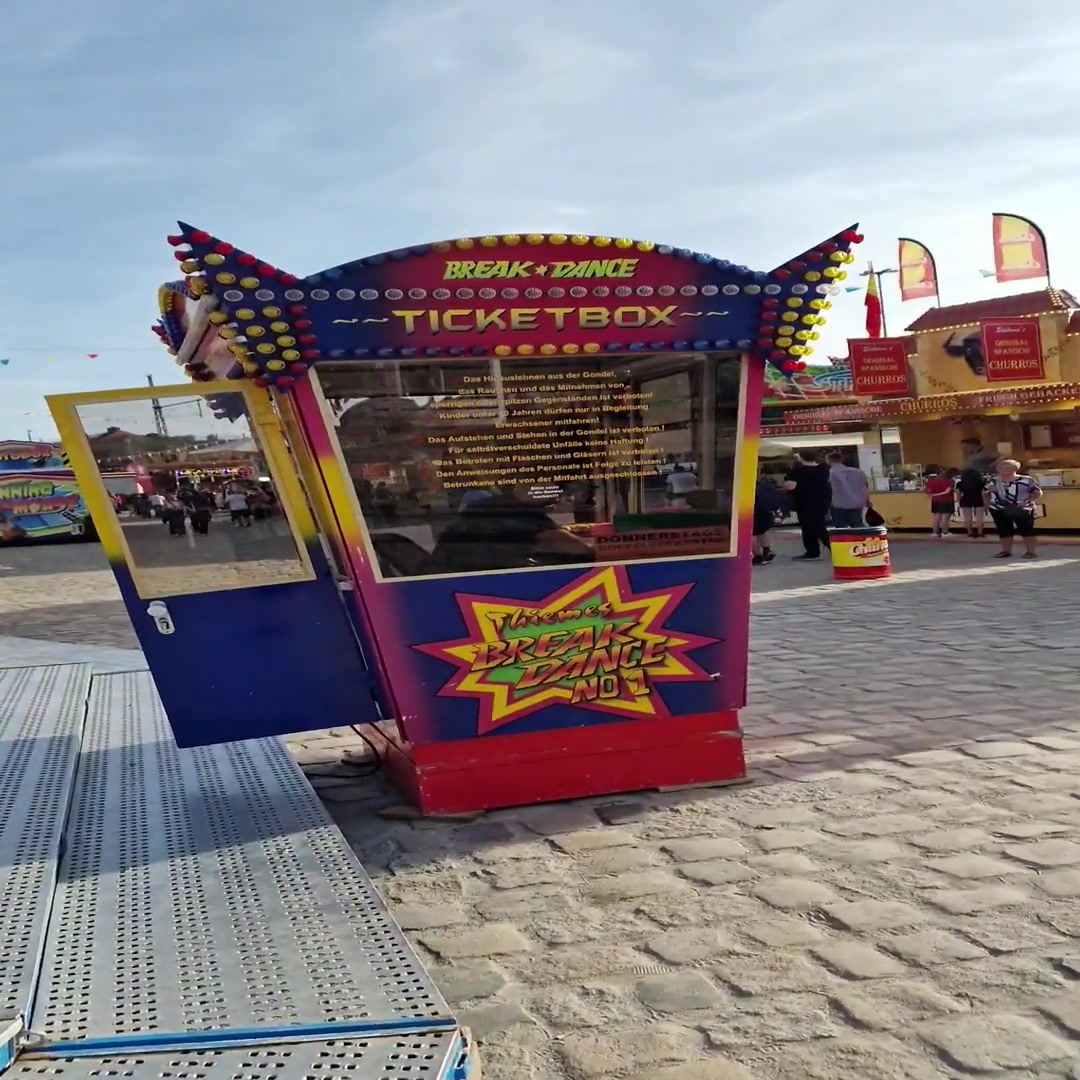History of Breakdancing: Ami Breakdancer

Breakdancing, also known as b-boying or breaking, is a dynamic and expressive street dance form that originated in the Bronx borough of New York City in the 1970s. It evolved from a fusion of street dance styles, including funk styles, martial arts, and African dance influences. The early days of breakdancing were characterized by its raw energy, improvisation, and a strong connection to the urban culture of the time.
Pioneers and Influential Figures
Breakdancing’s rise was driven by a group of passionate individuals who pushed the boundaries of movement and creativity. The pioneers and influential figures in the breakdancing community played a pivotal role in shaping the dance form’s evolution and its cultural impact.
- The Rock Steady Crew: Formed in 1977, the Rock Steady Crew is considered one of the most influential breakdancing crews of all time. They popularized the “top rock” style and were known for their intricate footwork and power moves.
- The Furious Five: This crew, also formed in the late 1970s, became known for their unique blend of breakdancing, rapping, and DJing. Their influence extended beyond the dance community, contributing to the rise of hip-hop culture as a whole.
- The Magnificent Force: This crew, founded in 1979, is recognized for their innovative breakdancing techniques, including the “windmill” and the “headspin.” They helped to solidify breakdancing’s status as a distinct and challenging dance form.
- Crazy Legs: A founding member of the Rock Steady Crew, Crazy Legs is widely considered one of the most influential breakdancers of all time. His signature moves, such as the “air flare” and the “backspin,” have become staples of breakdancing vocabulary.
- The Soulsonic Force: This crew, active in the 1980s, is known for their unique blend of breakdancing and funk music. They helped to bridge the gap between breakdancing and other dance forms, contributing to its wider appeal.
Cultural Context and Social Impact
Breakdancing emerged as a form of self-expression and rebellion against social and economic inequality. It provided an outlet for young people in marginalized communities to showcase their talents and connect with others who shared their experiences. The dance form’s vibrant energy and athleticism resonated with a generation seeking new ways to express themselves and challenge societal norms.
Breakdancing’s cultural impact extended beyond the dance floor. It became a symbol of urban culture, capturing the spirit of creativity, resilience, and community that defined the Bronx and other inner-city neighborhoods. The dance form’s popularity spread beyond New York City, influencing dance scenes around the world.
Breakdancing’s social impact can be seen in its ability to unite people from diverse backgrounds. It provided a platform for intercultural dialogue and understanding, fostering a sense of community and belonging. Breakdancing’s legacy continues to inspire generations of dancers, artists, and cultural enthusiasts.
Breakdancing Techniques and Styles

Breakdancing, also known as b-boying or b-girling, is a vibrant and dynamic street dance form that involves intricate footwork, powerful acrobatics, and creative expression. It encompasses a wide range of techniques and styles, each with its unique characteristics and challenges.
Fundamental Moves and Techniques
The foundation of breakdancing lies in a set of fundamental moves that serve as building blocks for more complex routines. These basic techniques are essential for mastering the art of breakdancing and allow dancers to develop their own unique style.
- Top Rock: This refers to the rhythmic and stylistic footwork performed while standing, often incorporating intricate steps, spins, and transitions. Top rock serves as an introduction to a breakdancing routine, setting the tone and showcasing the dancer’s personality.
- Down Rock: Once the top rock is finished, the dancer transitions to the down rock, where they move to the ground and perform a variety of footwork patterns. This involves complex footwork, such as the six-step, the turtle, and the baby freeze, often executed with speed and precision.
- Power Moves: These are dynamic and acrobatic maneuvers that involve spinning, flips, and rotations. Power moves require strength, flexibility, and control, showcasing the dancer’s athleticism and ability to defy gravity. Some common power moves include the windmill, the flare, and the headspin.
- Freezes: Freezes are static poses that showcase the dancer’s balance, flexibility, and creativity. They often involve intricate body contortions and require a high level of strength and control. Popular freezes include the chair freeze, the air chair, and the handstand freeze.
Styles of Breakdancing
Breakdancing is characterized by diverse styles, each with its own distinctive features and cultural influences. These styles represent the evolution and evolution of the dance form, showcasing the creativity and individuality of breakdancers.
- New York Style: This style emphasizes power moves, intricate footwork, and dynamic transitions. It is known for its aggressive and athletic approach, with dancers often performing complex combinations of moves in quick succession.
- Rock Steady: Originating in the 1970s, Rock Steady is characterized by its smooth and fluid movements, often incorporating elements of funk and jazz. It emphasizes grace and style over brute force, with dancers executing intricate footwork and elegant transitions.
- B-Boying: This term is often used interchangeably with breakdancing, but it specifically refers to the style of breakdancing that originated in the Bronx, New York. It is known for its emphasis on power moves, complex footwork, and dynamic transitions, with dancers often performing in crews and competing in battles.
Breakdancing Culture and Community

Breakdancing, beyond its technical aspects, has fostered a vibrant culture and a strong sense of community worldwide. It’s more than just a dance style; it’s a lifestyle, a form of expression, and a powerful force for social connection.
Values and Traditions, Ami breakdancer
Breakdancing culture is deeply rooted in respect, humility, and a strong work ethic. The emphasis is on constant learning, pushing boundaries, and supporting one another.
- Respect for Elders: Breakdancing places high value on respecting the pioneers and veterans who paved the way. This is reflected in the way dancers acknowledge their predecessors and seek their guidance.
- Humility and Openness: Despite individual skill levels, the community encourages humility. Dancers are open to learning from others, regardless of their experience, and readily share their knowledge.
- Dedication and Hard Work: Breakdancing requires immense dedication and relentless practice. The culture celebrates perseverance and the commitment to mastering the art form.
Role of Competitions, Battles, and Crews
Competitions and battles are integral to the breakdancing community, providing a platform for dancers to showcase their skills and push their limits.
- Competitions: Competitions often follow a structured format, with dancers judged on technical proficiency, creativity, and stage presence. They offer a chance to earn recognition, scholarships, and opportunities to perform internationally.
- Battles: Battles are more spontaneous and improvisational, with dancers going head-to-head in a freestyle format. These battles foster creativity, quick thinking, and the ability to adapt to changing circumstances. They also serve as a space for dancers to test their skills against others and receive feedback.
- Crews: Breakdancing crews are groups of dancers who train together, support each other, and often compete as a team. They provide a sense of belonging and shared passion, encouraging collaboration and collective growth.
Global Reach and Cultural Impact
Breakdancing has transcended geographical boundaries, becoming a global phenomenon.
- International Competitions: Major breakdancing competitions are held annually around the world, attracting dancers from diverse backgrounds and cultures. These events foster international exchange and collaboration.
- Cultural Fusion: Breakdancing has incorporated elements from various dance styles and cultural traditions, enriching the art form and reflecting the global interconnectedness of the community.
- Social Impact: Breakdancing has served as a powerful tool for social change, providing a platform for youth expression, empowerment, and community building. It has been used to address issues like poverty, discrimination, and violence, offering hope and opportunities to marginalized communities.
Ami breakdancer – Yo, check out my moves! I’m Ami, a breakdancer with mad skills. Gotta keep my face clear to show off my expressions while popping and locking, right? But what about the whole nassau county ban masks thing? I mean, I’m all for freedom, but safety’s gotta come first.
Maybe I can find a way to rock my mask and still kill it on the dance floor!
Yo, jadi gini, ami breakdancer. Udah lama banget nge-dance, dari jaman SMA. Nah, kalo ngomongin breakdance, itu kan seni gerak yang super keren. Udah banyak banget evolusi dan style-nya, dan kalo kalian mau tau lebih banyak, bisa langsung cek break dancing di sini.
Ami sendiri sih, lebih suka sama style popping dan locking, karena gerakannya lebih nge-flow dan ekspresif. So, kalo ketemu di jalan, jangan kaget kalo ami tiba-tiba ngeluarin jurus breakdance, haha!